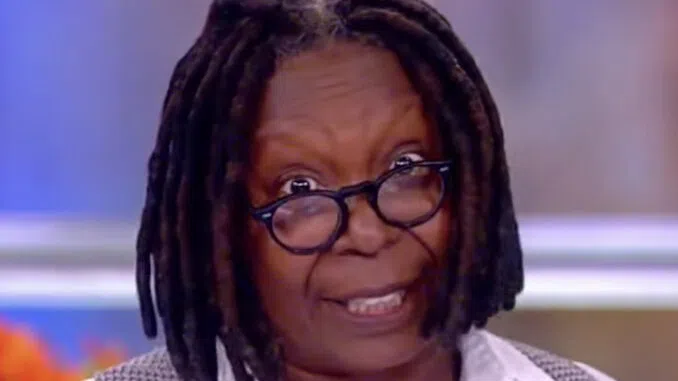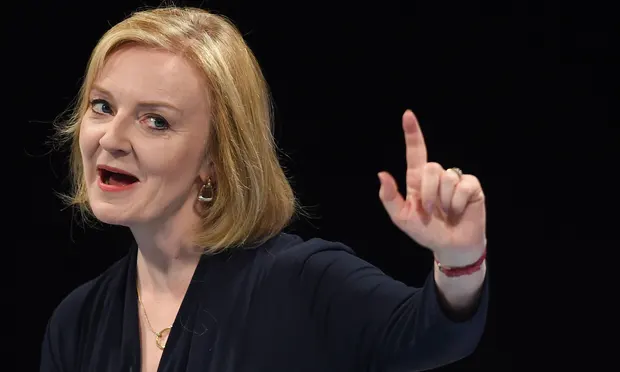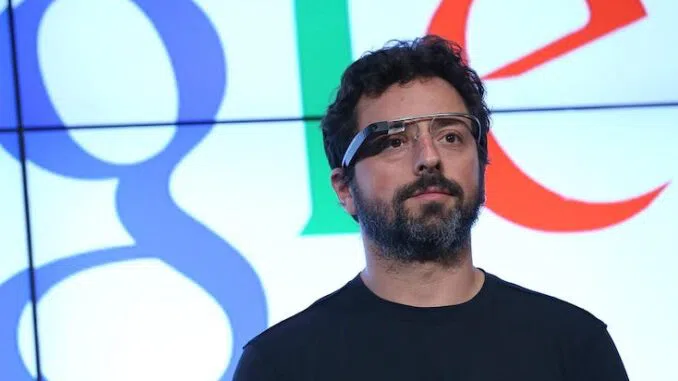Oh, who would have thought? Black Lives Matter protesters, the unsung heroes of community caretaking, disrupting the peace, causing billions in damages, and burning down buildings – all just to show how much they care! It’s heartwarming to see such unconventional expressions of love for their towns. Maybe next time, we can expect some more town-saving adventures like alien invasions or maybe even a Godzilla attack! After all, what better way to demonstrate care for your community than by bringing it to the brink of destruction, right? Bravo, protesters, bravo!
In the wake of the Black Lives Matter protests that swept across cities and towns in America, there has been much debate about the motives behind the actions of the protesters. Country music star Jason Aldean’s hit anti-crime song “Try That in a Small Town” has added fuel to the fire, with some arguing that it highlights the stark contrast between small towns and big cities when it comes to respecting law and order. However, Whoopi Goldberg and others have a different perspective, asserting that the protesters were, in fact, looking out for their communities. Let’s delve deeper into this contentious issue and explore the motivations that fueled the protests.
The Black Lives Matter Protests: A Closer Look
The Black Lives Matter protests erupted in response to incidents of police violence against Black individuals and systemic racial injustices. Across the nation, protesters took to the streets to demand justice and equality. While the demonstrations were largely peaceful, there were instances of violence and destruction, leading to significant damage to private property.
Reframing the Protests: “Taking Care” of Their Communities
Whoopi Goldberg has an alternative viewpoint on the protests, asserting that the demonstrators were not engaging in mindless violence but were, in fact, “taking care” of their towns. According to Goldberg, the protesters were expressing their frustration and discontent with the status quo and the injustices they saw in their communities. In her view, the protests were an act of looking out for one another, just as small towns take care of their own.
The Controversial Song: “Try That in a Small Town”
Jason Aldean’s song “Try That in a Small Town” addresses the rising crime and violent rioting prevalent in certain cities, especially those under Democratic governance. The song implies that such behavior would not be tolerated in a small town due to the residents’ respect for law and order and each other.
Unraveling the Meaning of the Song
Goldberg contends that the song’s writers may not have realized that the protesters were also expressing a form of care for their communities. She draws parallels between the protesters’ actions and the sense of community in small towns. By doing so, Goldberg seeks to provide a different perspective on the motives behind the protests, challenging the notion that they were solely driven by violence and destruction.
The Media’s Portrayal and Cancel Campaign
The video for Aldean’s song features real news footage of the 2020 Black Lives Matter and Antifa-led riots. While the song advocates for peace and safety, the mainstream media has branded it as “racist.” They launched a cancel campaign, falsely accusing Aldean of “promoting violence” and writing a “lynching song.”
Multiple Perspectives: Is There a Middle Ground?
Alyssa Farah Griffin, another co-host, acknowledges that there are two sides to the issue. However, she raises concerns about the lyrics potentially reminding some of the historical oppression faced by black people, particularly with regard to violent encounters in the streets. Sunny Hostin shares her personal experience, having visited Macon, Georgia, Aldean’s hometown, and characterizes it as a racist place.
Seeking Solutions: Acknowledging and Addressing Racial Injustice
The conversation on the song and the protests reveal deep-seated racial tensions in the country. Rather than dismissing these issues, it is essential to acknowledge and address them. Recognizing the pain and suffering faced by marginalized communities can be a crucial step toward healing and unity.
Conclusion
The Black Lives Matter protests have sparked intense debate, with opinions ranging from condemning violence to understanding the protesters’ motivations. Whoopi Goldberg’s perspective sheds light on a different narrative, emphasizing the protesters’ desire to care for their communities. While the song “Try That in a Small Town” has been met with controversy, it serves as a reminder that acknowledging racial injustice and working towards a more equitable society is paramount. The path to healing begins with acknowledging the pain and experiences of marginalized communities, ultimately fostering understanding and empathy.
Free Speech and Alternative Media are under attack by the Deep State. Real News Cast needs reader support to survive.
Every dollar helps. Contributions help keep the site active and help support the author (and his medical bills)
Please Contribute via GoGetFunding



